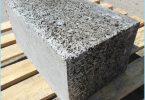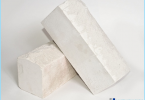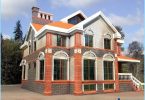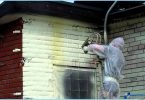The contents
Masonry stove is extremely important to choose the right brick. However, one should not forget about the solution, which everything will connect. This mixture plays a big role, after all, determines the durability, strength and reliability of the design. Therefore, it is necessary to carefully choose the suitable option, as it will be discussed.
What properties should take into account ↑
For oven not fit the classic cement, which is used everywhere. Although it is quite durable, it simply can not withstand such temperature extremes. Because the furnace temperature may exceed 1000 degrees, while winter in the region of the chimney it is often below -20. In such circumstances, the usual solution will last a month, gradually covered with cracks. It is therefore important to consider the characteristics that he must possess.
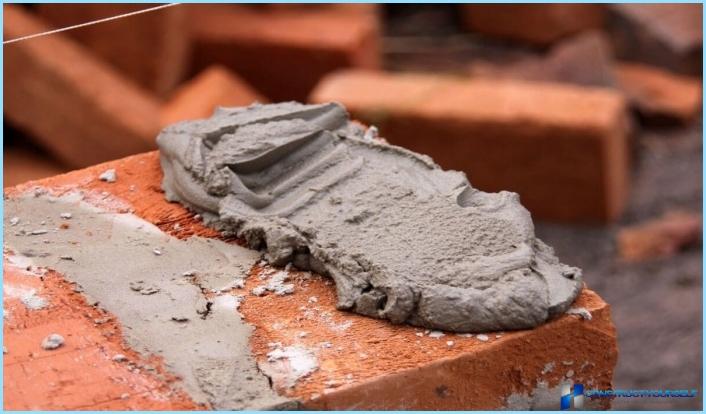
So what should be considered when choosing a solution? The following important points:
- Heat resistance;
- The heat resistance;
- Refractoriness.
Heat resistance is a measure that determines the ability of the solution to be heated to high temperatures and cool down, without changing the structure and properties. In a heated form is able to withstand a certain load.
The heat resistance talks about how the material is able to retain its properties when heated. It can withstand strain and dynamic load.
Refractoriness — the ability to withstand aggressive exposure to high temperatures and chemicals.
Often the solutions used to build the furnace, have the first two indicators. They must withstand various loads when heated and does not break down from temperature extremes. The last item is not so important for the formation of furnace, however, is used to form a chimney that helps to protect it from exposure to exhaust gases.
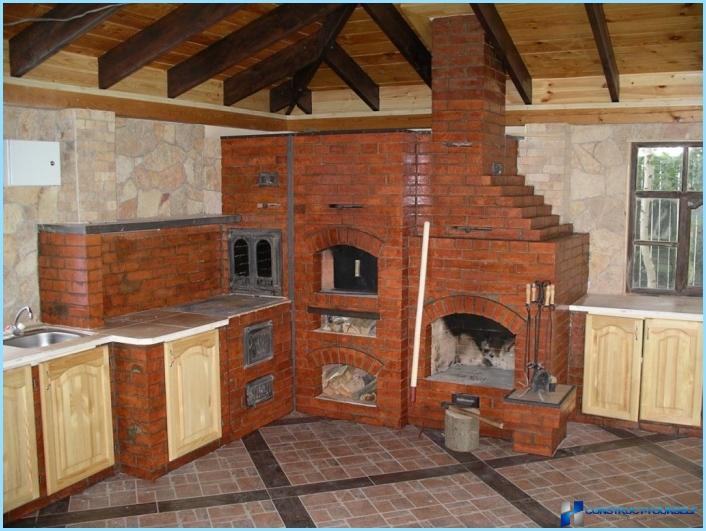
It is also important to take into account the increased plasticity of a solution. It needs to be thick enough, but not crackle or crumble. The solution should be minimal shrinkage, which is also important for the formation of kiln.
Types of solution ↑
The types of solution are different according to the material used and the proportions. Mainly use the clay, because the characteristics it is best suited for this task. It is used everywhere, just changing the proportions and adding various additives.
However, here we use another material which is little known — chamotte. It has quite high heat resistance and heat resistance, therefore, for such problems, fits perfect.
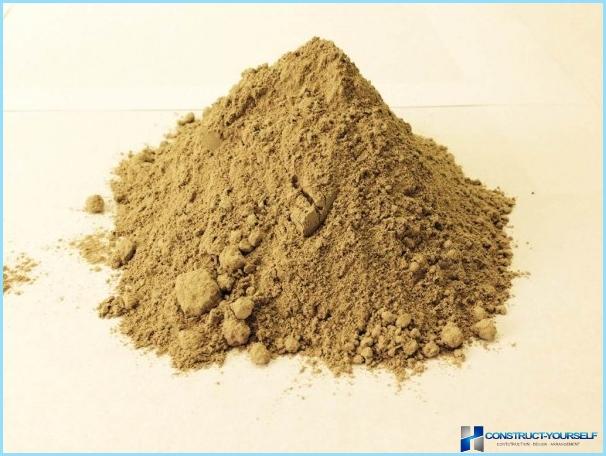
However, this is not all of the materials for mixing under the stove. On them note the following kinds of mortar:
- Clay;
- Clay and chamotte;
- Cement-chamotte;
- Lime;
- Cement-lime.
As you can see, grog in pure form is not used. It is used only as an additive for improving the properties of the mixture and its durability. Also for mortar using lime and its mixture with cement. But all in good time.
The clay solution is the optimal combination of quality and price. Materials for it can and does find himself, take a trip to the nearest clay pit. The advantage is absolute fire, and the ability to withstand temperatures up to 1100 degrees. You can use very long, if you keep the humidity.
Adding fireclay to a solution increases its heat resistance, but the price also becomes higher. Cement-fireclay mixture is even better clay-fireclay. It better withstands the temperature and has high strength. However, cooking requires special equipment.
Lime is a high strength, however, its price is higher than that of clay. In addition, to prepare such a mixture is quite difficult. Much easier to prepare cement-lime option, which takes significantly less time or effort.
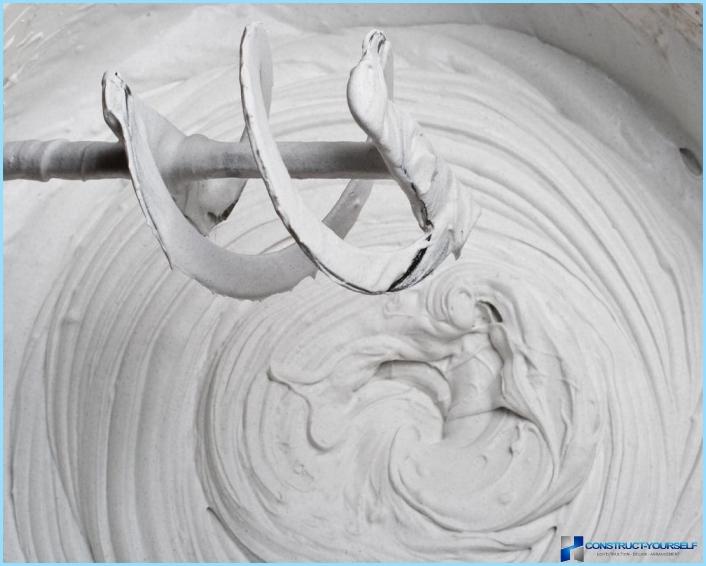
All options have their advantages and disadvantages. It should be noted that the erection of a furnace is often used several types of such compounds. Do so due to various conditions that it faces in the process of operation.
Where to use solutions ↑
At each stage you must use the formula solution. This significantly affects the final characteristics of the design. Therefore, it is important not to neglect those that do many beginners. Otherwise, the service life of the furnace will be significantly shorter.
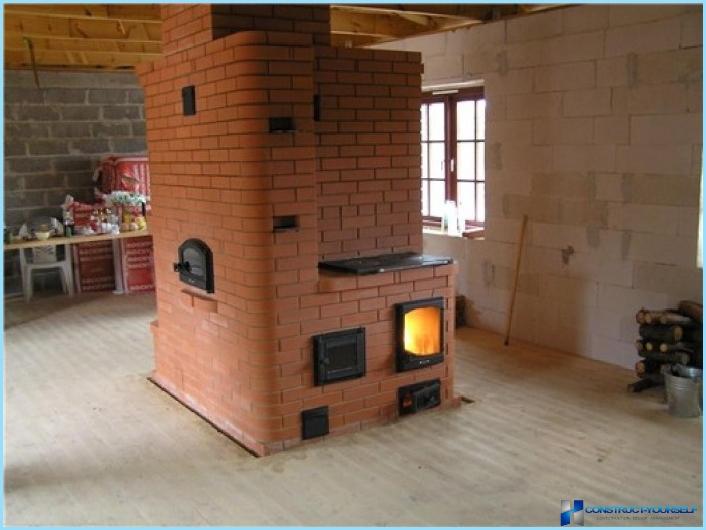
The initial stage of Foundation. For him it is recommended to use cement-lime mixture, capable of withstanding large static loads. If the oven is compact, then for these tasks suitable and conventional lime variant.
The scattering region, which receives heat from furnace part, requires the use of a compound, resistant to chemical exposure. Here it is necessary to use a usual clay solution which is almost neutral to such conditions.
For furnace parts best fit clay-chamotte option, which is able to withstand extremely high temperatures up to 1400 degrees. This is enough for heating with wood or coal.
In the initial part of the chimney it is recommended to use a usual clay solution. There may be formed an acidic condensate, so the chemical resistance is extremely important. In raspushki is also recommended to use conventional lime variant, which is able to withstand substantial loads.
You can then use the mortar, because there are much more important resistance to external conditions.
Therefore it is necessary to combine different recipes, which will correct design flaws and increase its service life.
Mortar for masonry with their hands ↑
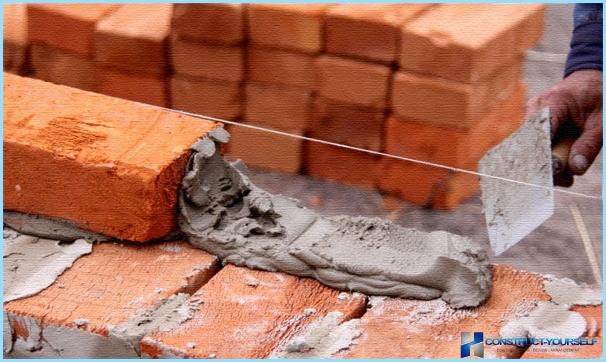
Since different types of solution require different tools and techniques that will be mentioned the most popular option — clay. For this there is no need to use construction equipment, it will be enough shovels, sieves, tools and containers for mixing.
To create a blend of essential 3 components:
- Water;
- Sand;
- Clay.
The water should be clean, it’s a pretty important nuance. If the local source is questionable, then you should take care to purchase water for the mixture. In addition, it requires a lot, a hundred bricks will take about 20 liters.
As for sand, you need to choose the option with the most fine grain size. For this task, and requires a sieve, which will remove the largest particles of gravel, crushed stone and other debris.
Clay defines the ductility and fire resistance of the composition. So you should take care of its purity. Although take it with a career, it is better to buy stuff in the store. This will ensure its high quality.
If the clay is of low quality, or even recruited in the career, it is recommended to soak it in water. This will avoid lumps, which are often formed after mixing of the components.
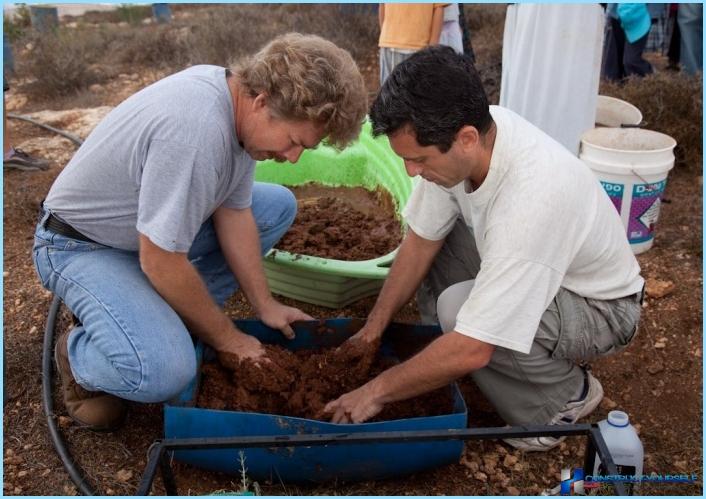
What are the proportions needed for a solution? For the four parts of the clay is taken to one part water, then thoroughly they are thoroughly mixed. After that, add some sand (about a tenth of the water) and stir again.
Next, you need to check the plasticity of the mixture. Take the stick and immersed in the composition. After that, check the thickness of the mixture left on the stick. In the optimal case it should be about 2 millimeters, otherwise you need to add sand or water.
To improve the quality of the mixture it is recommended to add a variety of special substances that you can buy in the store. It’s special compounds, which improve the ductility, fire resistance and other indicators that the need for furnace.
The result should come out the plastic part of the sour cream consistency that is easy to put on the bricks and not falling apart after drying.
For a better understanding of this process it is recommended to watch this video. Here to illustrate the process of mixing mortar for furnace, described and illustrated all the nuances of these works. This will eliminate gaps in knowledge and avoid mistakes in the preparation of similar compounds.

